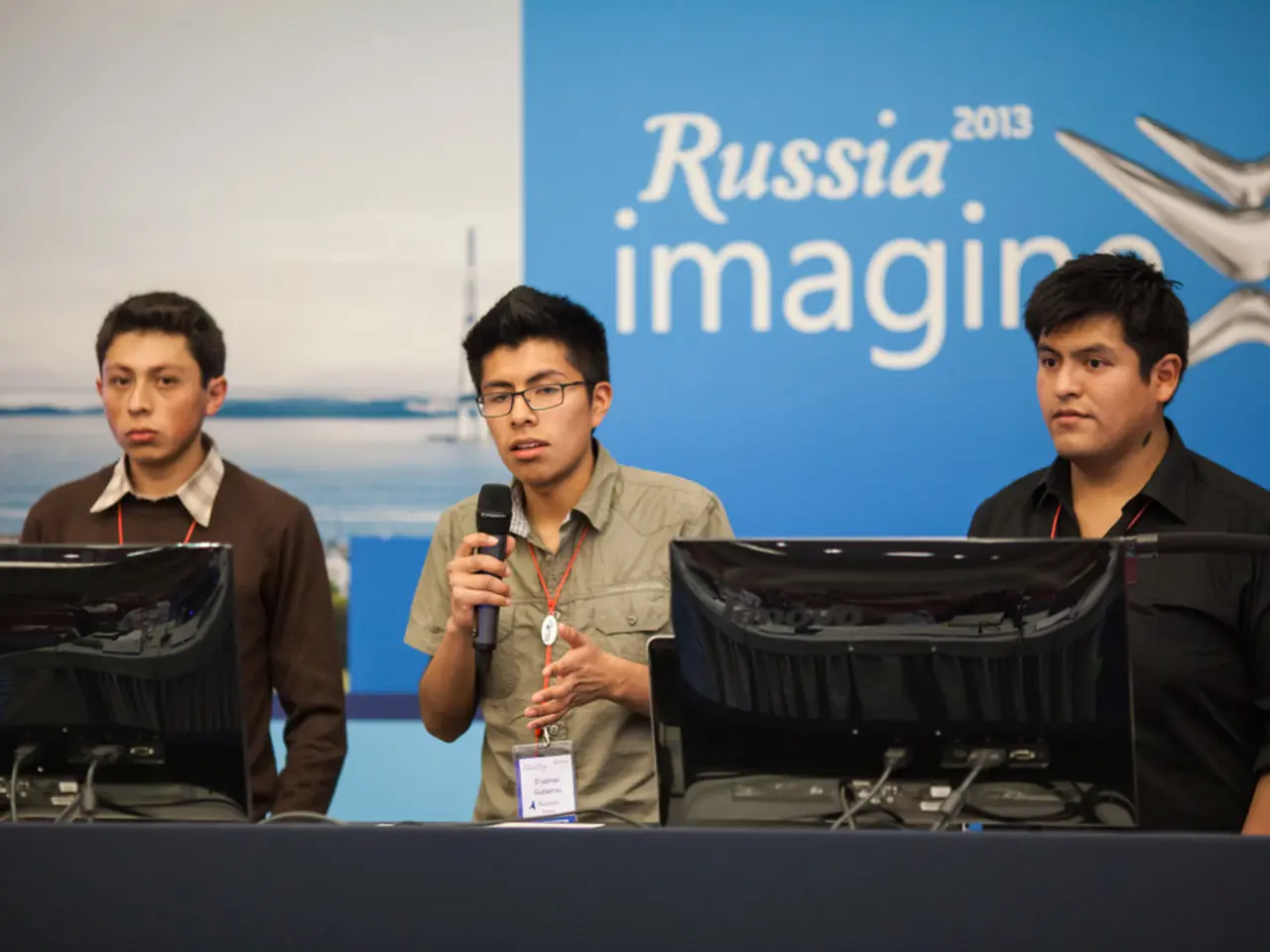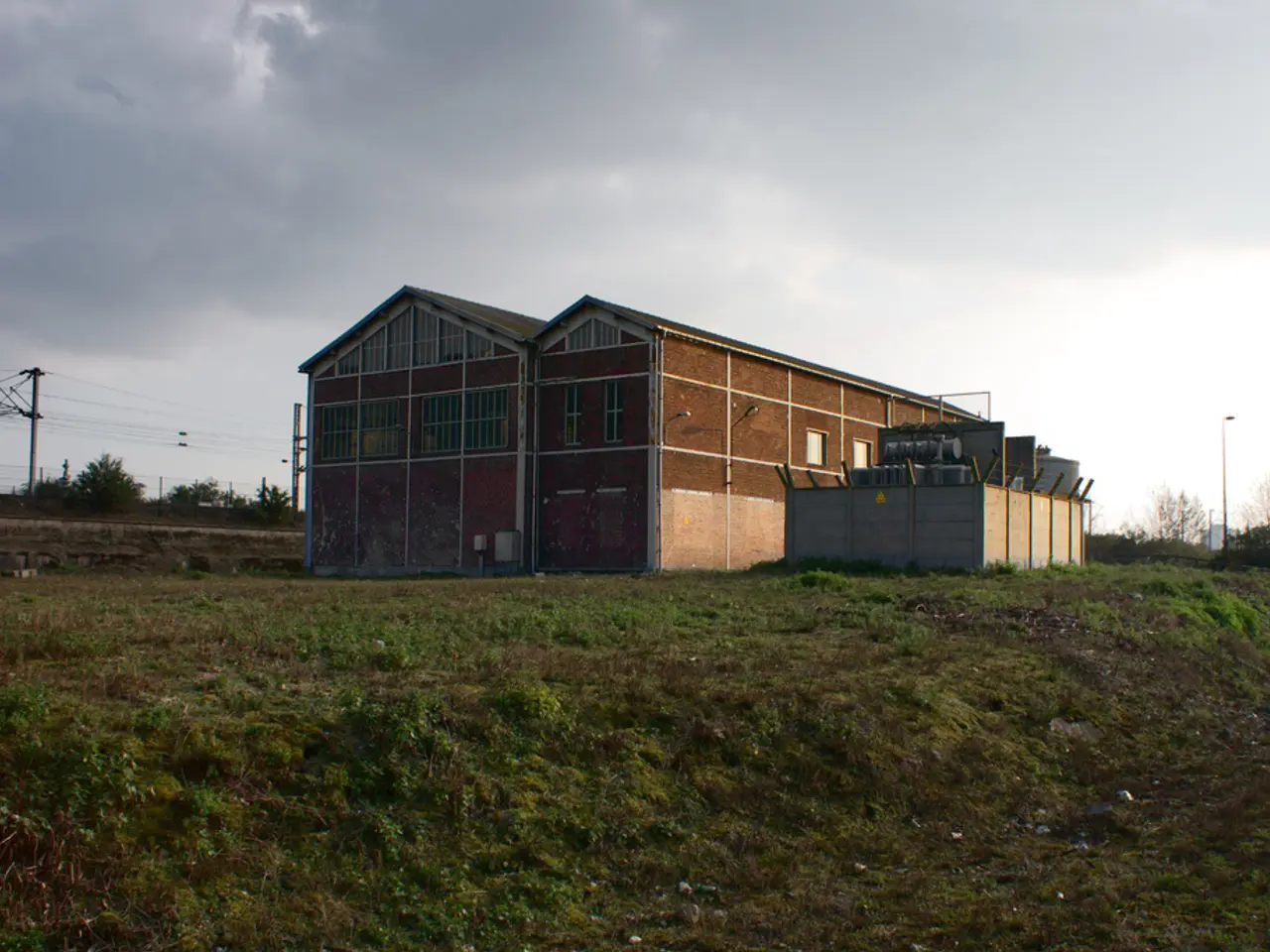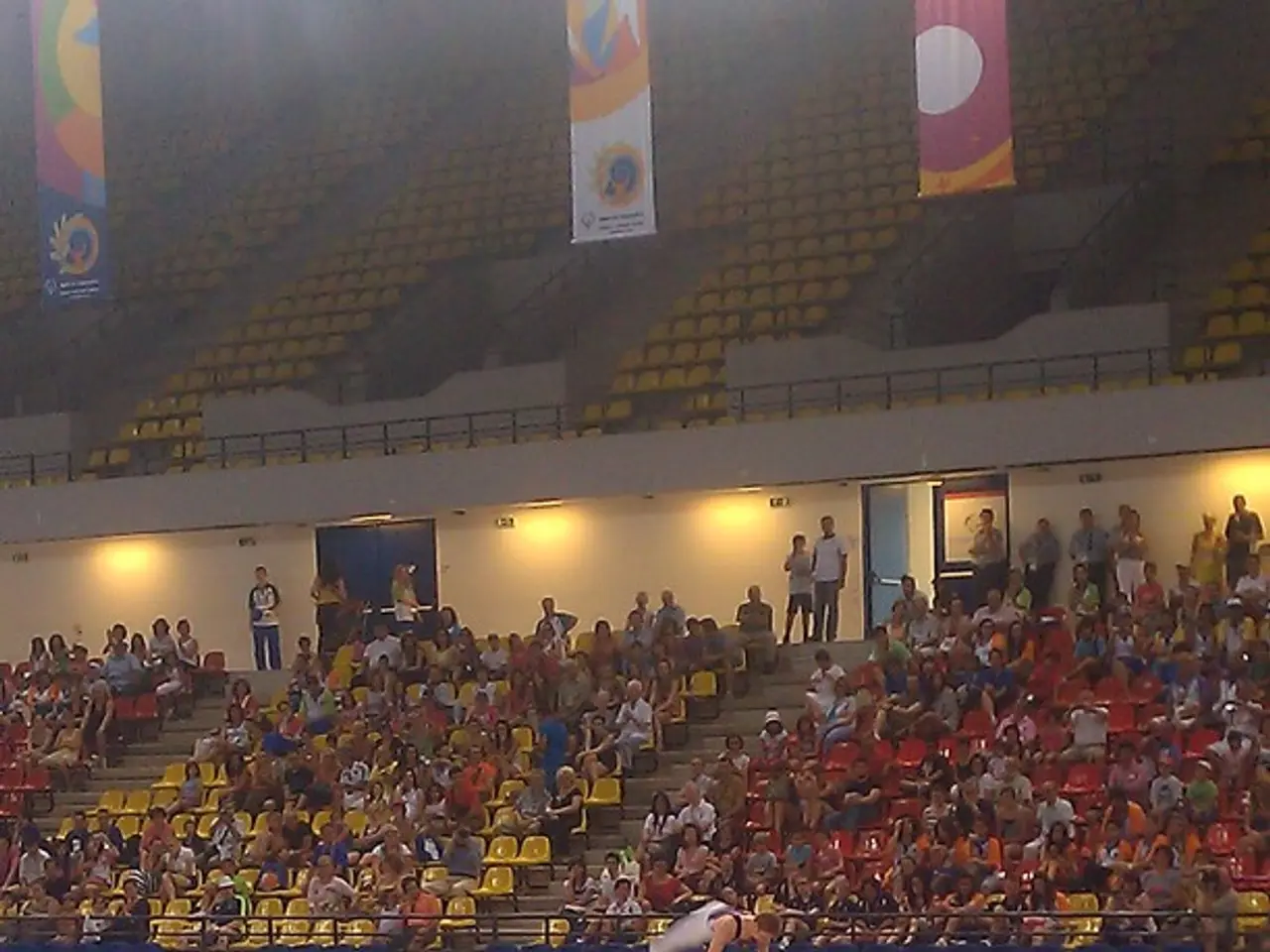European Security Structure
A distinguished group of individuals gathered for a panel discussion organised by CERI and PSIA, with the focus on Europe's need for a robust security architecture. The discussion, moderated by Carola Klöck, Assistant Professor at CERI, delved into the nature of the threats to European security today.
The current threats to European security, as discussed by a panel including Sylvie Bermann, former French Ambassador to Russia (2017-2019), Baldur Þórhallsson, Professor of Political Science at the University of Iceland, and other experts, centre around several interconnected challenges.
Russia’s invasion of Ukraine has reignited territorial and military security concerns in Europe, emphasising the need for strengthened defense and deterrence measures among EU and NATO members. The evolving threats posed by Russia's aggression and aggressive policies are among the questions to be addressed.
Blended threats combining military, cyber, economic, and informational warfare increasingly challenge European resilience. These multi-domain threats put Europe’s economy and security at risk, as highlighted in recent high-level roundtables on the topic. The emphasis on cybersecurity is critical, given cyber threat intelligence is a major focus in European security activities and conferences. Coordinated information sharing and developing common positions among EU states and private sector actors are vital to counter evolving cyber threats.
Changes in US and European politics affect transatlantic relations, with implications for defense cooperation and strategic autonomy of the EU. The political shifts could influence policies on defense spending, cybersecurity collaboration, and diplomatic positioning vis-à-vis Russia. The challenges raised by the US position under Trump's second administration are part of the discussion.
The changing political landscape in Europe is also a topic of the discussion. The opportunities and constraints linked with today's configuration of powers and alliances are being discussed. The panel discussion provides valuable insights into the current threats to European security and potential strategies for addressing them.
[1] High-level Roundtable on Cybersecurity and Critical Infrastructure Protection, CERI, 2021. [2] ENISA CTI Conference 2025, EU Agency for Cybersecurity, 2025. [3] NATO Foundation Roundtables on European Security, NATO Foundation, 2022. [4] Cybersecurity Policy in Europe: Challenges and Opportunities, PSIA, 2023.
The discussion , as part of the panel convened by CERI and PSIA, highlighted the interconnected challenges threatening European security, including the ongoing territorial and military concerns sparked by Russia's invasion of Ukraine, requiring strengthened defense and deterrence measures among EU and NATO members. Additionally, the evolving threats posed by Russia's aggression and policies, blended with cyber, economic, and informational warfare, were addressed, emphasizing the importance of coordinated information sharing and common positions for countering cyber threats among EU states and the private sector. Furthermore, changes in US and European politics, particularly the implications for transatlantic relations and defense cooperation, as well as the shifts in policies on defense spending, cybersecurity collaboration, and diplomatic positioning vis-à-vis Russia, were prominent topics.








